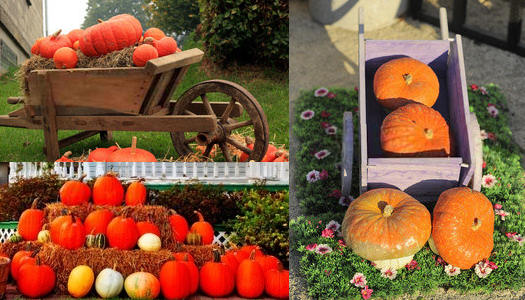Choosing the Right Plants for Every Room in Your Home
Lighting | Humidity | Temperature
Temperature
Even if there is only one thermostat in your house, room temperature can vary as much as ten degrees or more. Location of vents, lighting, drafts, and amount of use can all affect a room’s temperature. Placing a plant that likes warmer temperatures in a cool room is as bad as placing a plant that likes cooler temperatures in a warm room. Every plant has an optimum temperature, which is the temperature at which a plant grows and develops the best. When temperatures vary too much from this optimum level–in either direction–the plant fails to thrive. Plants that are kept at temperatures that are too cold for it will have limp yellow leaves that may fall off. Other symptoms are blasting flower buds and new leaves that are smaller and slightly curled.
You will also need to keep in mind the plants location in the room. Few plants will survive when they are located near radiators or hot air vents because it causes their leaves to dry out. Similarly, plants located near windows in the winter can suffer when the sun goes down and the glass cools. Heat will radiate from the leaves toward the glass, causing the leaves to chill. Protect the plants by pulling down the curtains or placing a layer of paper between the plants and the window.
Caladium, calathea, golden pothos, Chinese evergreen, and most palms are high temperature plants, which grow best at 70oF to 80oF during the day and 65oF to 70oF at night. There is also a wide variety of flowering plants available as well such as African violets and impatiens. Hoyas, chrysanthemum, jade plant, tree ivy, and burro’s tail are cool temperature plants, which grow best at 50oF to 60oF during the day and at 45oF to 55oF at night. If you are looking for a flowering plant that will bloom at lower temperatures, try oxalis, freesia, jasmine, camellias, and florists’ azaleas.
By understanding the conditions of a room, you can better decide which houseplants will do better there. Plants that are thriving are easier to care for and more resilient to pests and diseases. Not to mention that they are much more enjoyable than plants that are wilting or dying.
First Page: Lighting
| Related Articles: |

